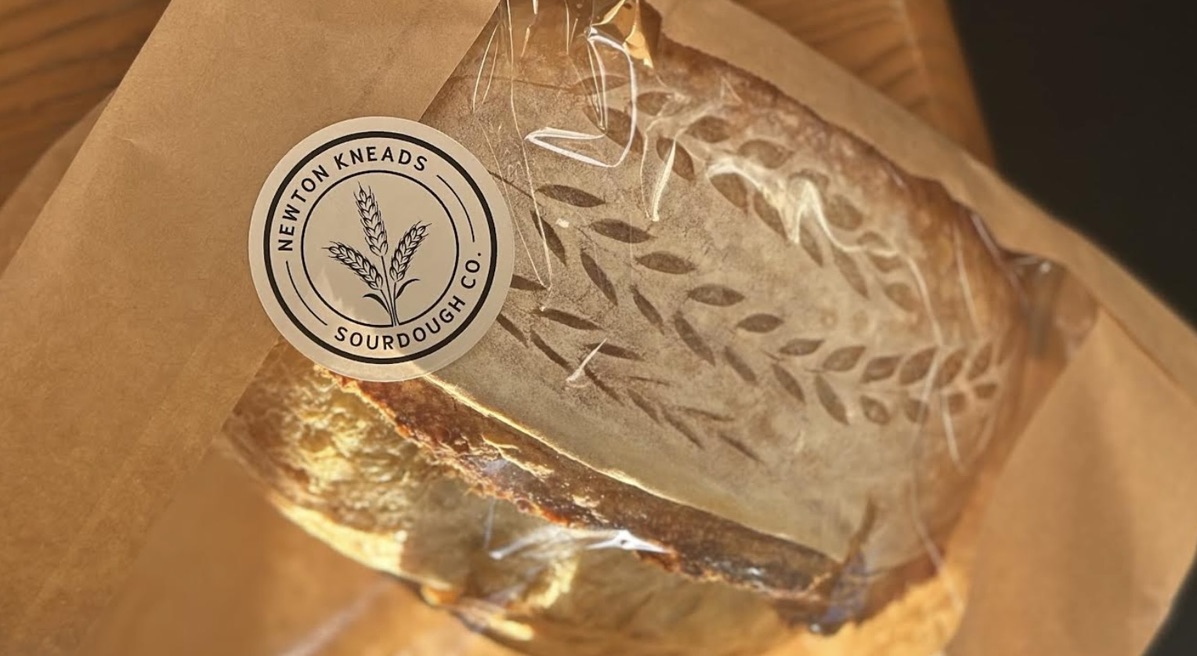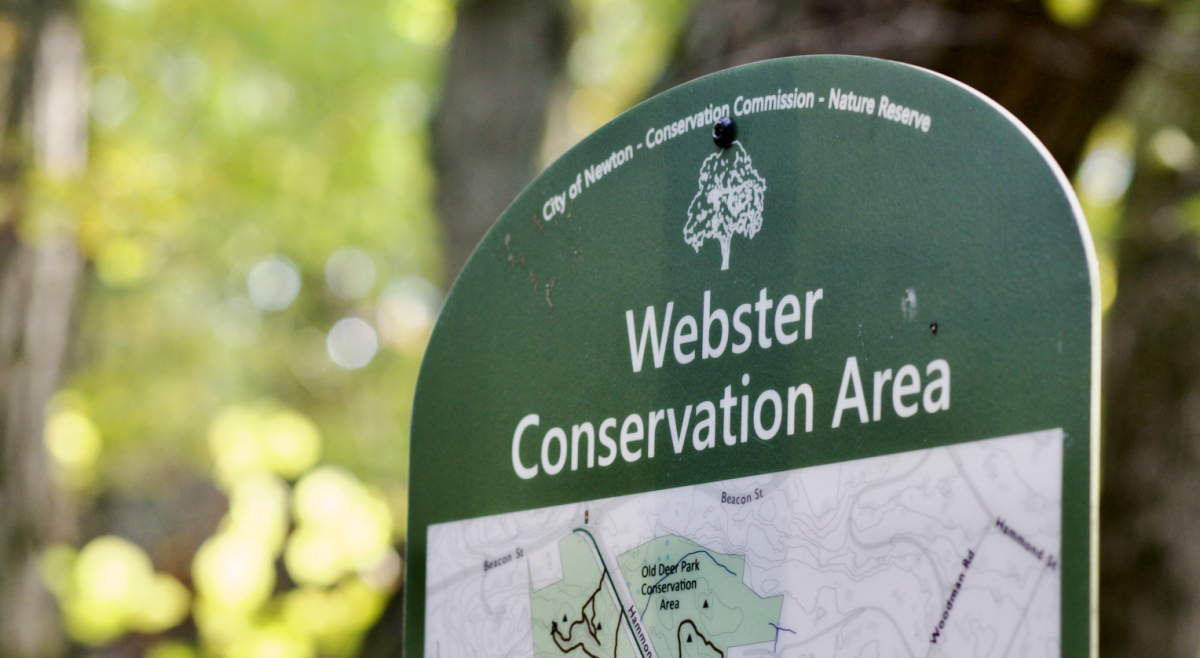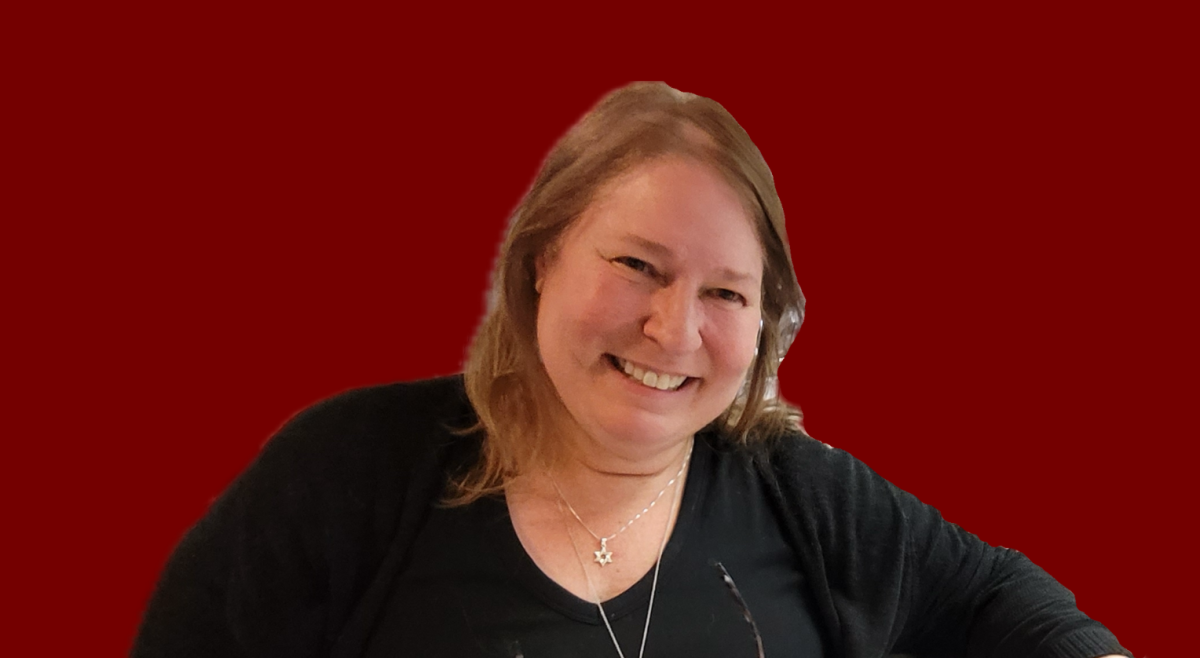And then there were none. The bank of the Charles River has finally earned its reprieve after the annual celebration dedicated to the stellar men and women of the international rowing community. This past weekend, over 300,000 people descended on Boston in hopes that their husbands, wives, children, students, or superstar athletes crossed the finish line at the 2017 Head of the Charles Regatta (HOCR)—the largest two-day rowing event in the world. In addition to the cheering crowds that adorned the sides of the Charles, 11,000 competitive rowers flew in from all corners of the world to compete in this incredibly sacred and exhilarating competition. These athletes, some competing in more than one of the 66 events, trained tirelessly to conquer the Charles River and this famed competition.
“The fact that you can pull so many people from different areas of the world, with no rule changes, no detrimental cultural implications, is something that only a few sports can capture and this event is a prime example of one of them,” said, Mark Sulimirski, CSOM ’19, a spectator at the event.
The Boston University Boathouse marks the start of this one-of-a-kind event and runs three miles upstream, where it finishes near Herter Park. Over the duration of the race, the coxswain and crew must pass beneath a total of seven bridges: the railroad trestle bridge and the BU Bridge welcomed the rowers almost immediately out of the start gates. The rowers then proceeded to go under five more bridges, one of which the Boston College cheering section seemed to dominate in its entirety. The Eliot Bridge comprises an important part of the race—it represents a crucial strategic part of the course, because of an almost 180-degree turn, the amount of crashes that occur at that point, and the crowd sound from spectators that fight to stand there. Many spectators who finagled their way onto the crowded bridge, such as Daniel Yu, CSOM ’19, were able to appreciate the vantage point’s charm.
“It was just a nice place to be even though I had no connection to the sport at all,” Yu said.
The bellows emanating from the megaphones of the coxswains and the referee boats were stifled by the tremendous hollers of approval for the BC crew teams when they passed on their respective days. On Sunday, these cheers were louder than ever, which was fitting as 2017 marked the 30th anniversary of the formation of BC men’s club team.
Walking through the team grounds on both days, massive 57-foot sterns and bows swung over the heads of all those smaller than the men and women wielding them. Regardless of background, people all over the world stop and stare when teams of men and women hustle to and from the river carrying their fiberglass equipment over their heads or on their shoulders. Even though the sheer production of the race shocks many first-time attendees, spectators, such as Will LaHera, CSOM ’19, noted that the sense of community in the air is hard to miss.
“This race brought together so many people that it fostered a sense of community and makes you feel like you are part of something bigger than yourself,” LaHera said.
For many who came to watch the race, however, this weekend was not entirely devoted to standing on the muddy side of the river in a well-worn pair of boat shoes. The tents and stands that lined the entry ways and walkways contributed the sustenance, such as a steaming bread bowl of clam chowder, that each person needed to successfully withstand two whole days of this tradition.
And food was not the only survival mechanism, for attendees came decked out in his or her respective coats of armour as well. As BC students know, Patagonia and L.L. Bean are popular forms of dress in Boston, but HOCR takes this dedication to another level. Whether on the Eliot Bridge, passing the Aston Martin race tent, or standing in line waiting for a cup of cider, the people at this race were dressed to impress in their brands of choice, while simultaneously dressed to take down any man, woman, or child who blocked their view of the boats cutting through the river. But as Nico Thompson-Lleras, MCAS ’19, noted, it’s all in good fun.
“There were just a lot of happy people along one stretch of river that all together made the day just extremely unique,” Thompson-Lleras said.
Featured Image by Lizzy Barrett / Heights Editor







